Despite Apple trying their hardest to ridicule Android’s adoption rate when it comes to new versions of Android, Google has updated their platform distribution numbers for the seven-day period ending June 4th, 2014. The numbers are quite typical, with Jelly Bean still commanding a lead of 58.4%.
KitKat did see a decent rise this month, though, as it’s sitting at 13.6%. This is compared to 5.3% just two months ago which is progress Google can be proud of. Of course, this (thankfully) comes at the expense of the demise of Gingerbread and Ice Cream Sandwich, which are at 14.9% and 12.3%, respectively.
It’s unfortunate that so many people have to be stuck on older versions of Android, but the reality is that there are tons of folks out there who buy phones and can’t afford to upgrade them every year. Those phones eventually hit a road block in terms of carrier and OEM support, and they’re pretty much stuck there until they do something about it.
The good news is that Google has clearly displayed a shift in their software development process, opting to decouple many apps from the core Android experience and bring new features by way of app updates instead of leaving the heavy lifting to the firmware. Even folks on Gingerbread are seeing new features here and there (though not nearly as many new features as folks on Android 4.0+).
It has inspired OEMs like HTC and Motorola to do the same, and we’re sure more will hop on board once they see the benefits of releasing many system components in the Google Play Store instead of making people wait for lengthy carrier approvals and OTA updates. Head to the source link for the full breakdown.
[via Android Developers]

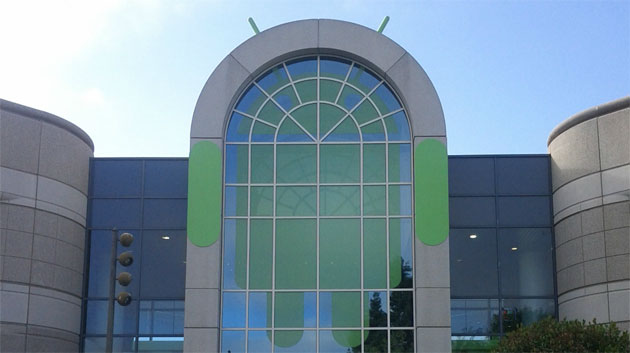
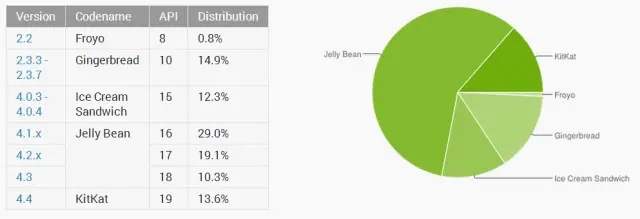
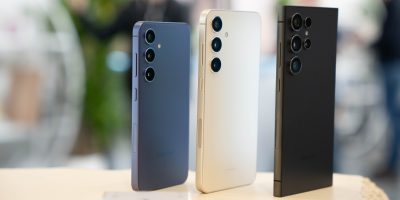
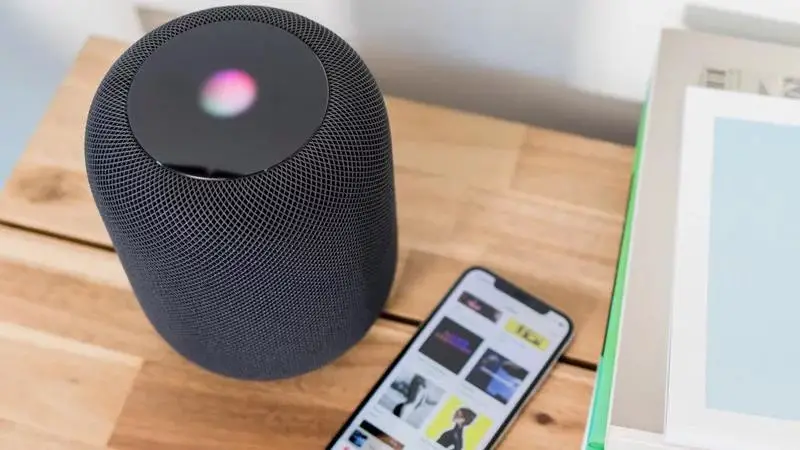

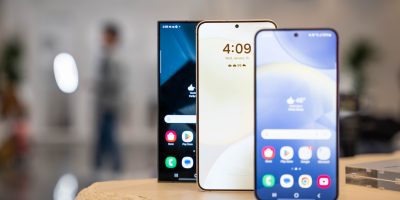

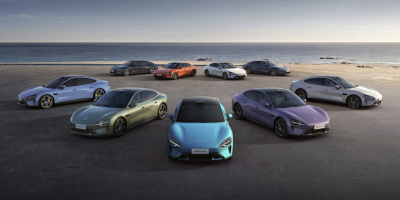
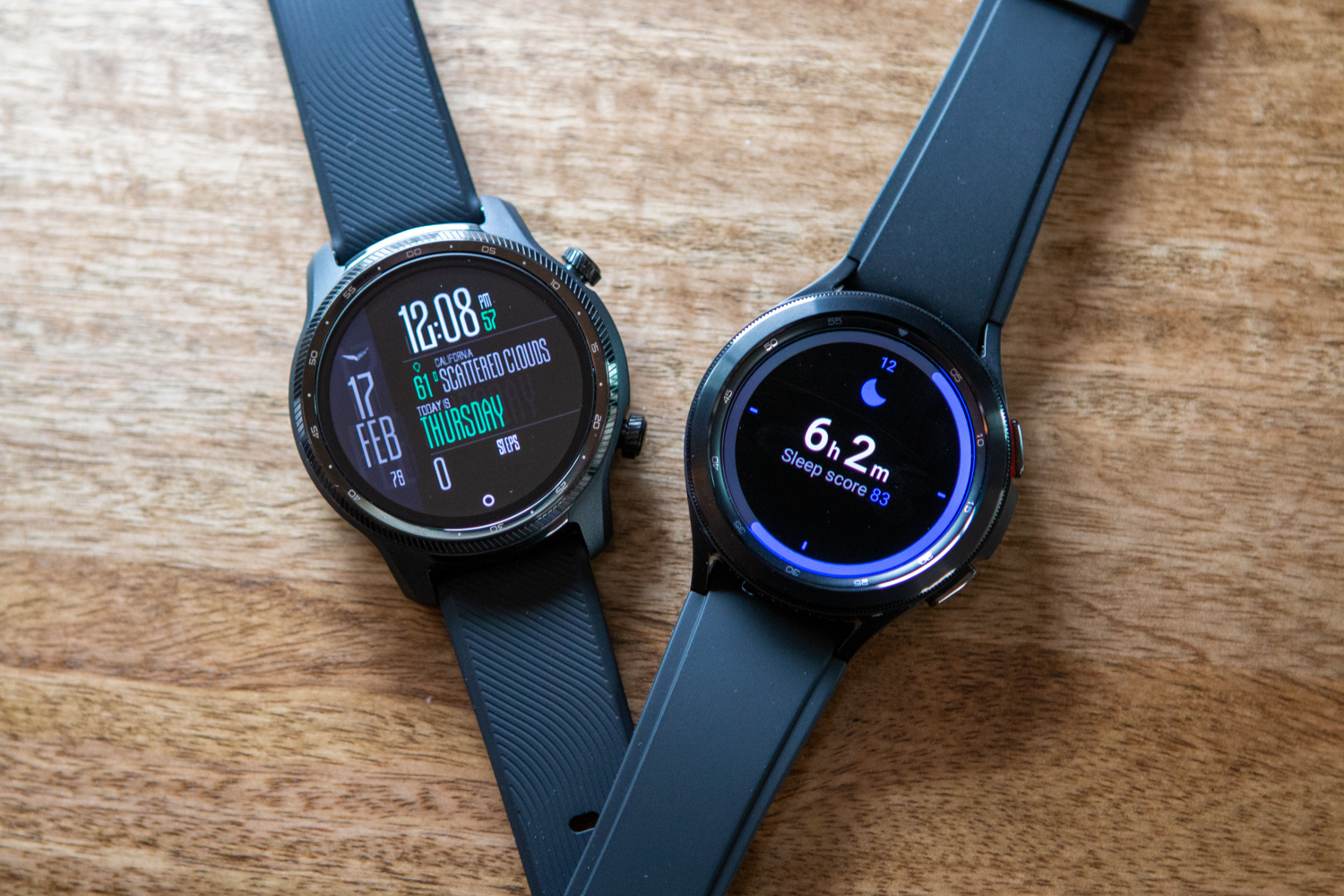



Fragmentation at its finest. Looking at that chart, no wonder Android is a mess.
And you still have a 4 year old mobile OS version that simply can’t die for pete’s sake.
It’ll be a while before they die because of prepaid carriers and people who either don’t want to or can’t afford to upgrade to a newer phone.
Hopefully Motorola will turn that around with the Moto G and E. Can’t wait to see their X+1.
I’ve already tried pointing a couple of people in the direction of those Motorola phones. It’s a matter of them stopping their whining and actually getting the new phones. Can’t argue about the Motorola E being over priced at $129, especially when Verizon is offering it for their PrePaid service at $79.
froyo will exist as long as there are dumbphones. i am surprised about the prevalence of gingerbread though. a lot of people holding on to their dinosaur phones.
Yep so is ios does sri work on iphone 4 or lower and there are ton of iphone 3/4 out there
You can wait for KitKat features in a few months on Android, or you can wait for KitKat features in a few years on iOS, the choice is yours. If you want them immediately get a Nexus or flash a ROM and quit whining.
The pure fact that people can be running a 4 year old Android OS says it all! The last Iphone I had was killed with a software update that bleed my battery dry within hours. The mess only comes when you kill a device with processes its not capable of handling regardless purely for the sake of updating it.
My Ipod wont even install Tunein radio because its an older version, My HTC desire running gingerbread has no issue installing or running it! this 4 year old phone has had features that you “will” be getting in iOS8 since release.
So please tell me again who’s OS is a mess?
Those that still get features from ex system apps that update regularly and independently or even 4 years on.
Or those that get 1 update a year and after 2 or 3 the updates screw them over?
I used to use iOS until I opened my eyes and realised I’m missing some of the best software and hardware on the market, all to tie myself to a laptop just to add a song or picture!
70% of android is jelly bean or higher thats a big accomplishment ..congrats!
72% of Android users are on an OS version that is 1 year old or newer. Considering the fact that 100% of Apple users are running an OS version that is one year old I just don’t see what the issue is.
Google just releases incremental updates all the time. This makes it hard for carriers to stay and the most current update, but i feel like as long as they are staying within a year of the newest update its no different than iOS’s schedule where they just wait a whole year to release any updates.
It would be nice to get these faster, but part of the distorted numbers is that Google makes them available right away as soon as development is complete, where Apple finishes the software 6 months before it even announces it, and allows the carries to get copies of it ready for the update all at one time.
Really does sri work on iPhone 4 or iphone 3 and there are ton on iphone 4/3 users out there.
Only if you jailbreak, Apple withholds features to pressure you to upgrade.
Does Sri work on iphone 4/3 answer this question
Of course not.
Anyone that actually knows Android knows that most of the meat and potatoes of ‘feature updates’ have been moved to Google Play Services. I.E. stuff that is outside of Android OS versions.
The most important metric is to look at those that are on 4.1+ After project butter. There are only a few feature differences between those versions, but 4.1 phones are as old as an iPhone 4S. Two versions behind phones that have the M7 chip.
It’s still a shame to see carriers coming in between users and updates. That’s one of the things I look at Apple users and give a big *sigh* about, “Why can’t we get updates like that? Why must I have to have a Nexus device for that?”
You ever see someone running an iPhone 4/4s with ios7 its horrible. Everyone I know with an older iPhone hates that they had to update to ios7. That’s why I’m not mad when the smaller android phones Dont get updated as it could make them worse
That’s true of the older iPhones. How annoying is that? I suppose the rest of the non-nexus users with flagship android phones feel the lament when they have to wait for the carrier they’re on to push the latest update.
I don’t think people not buying new phone is the problems.
Phones should be supported for at least 2 years. Preferably longer.
they are both problems, OEM’s don’t update and the people who buy those phones don’t upgrade.
Again, that is not the problem. If they like their phones they should keep them. OEMs should update for 2 years free, and perhaps charge for updates after. If that is what it takes.
I mean yeah i dont think either is an actual “problem.” I’m just saying both contribute to those OS number disparities. I’m fine with being supported for only 18 months. If it means more attention to detail is paid to the updates/new OS versions.
People who like their phones should keep them, and they do. Personally I buy a phone for what it can do now. Updates are just a bonus to me.
Charging would be interesting, but at that point it might as well be free. if you are going to spend the resources to code and test for an older device, then everyone with the older device should be eligible since it doesn’t cost much if any extra money to push the update to 10 phones or to 100 phones.
“…there are tons of folks out there who buy phones and can’t afford to upgrade them every year…”
I really don’t like being guilted for not spending $400+ a year on something that gives me an incremental improvement.
I don’t do this with any other electronics. And I see little-to-no value in having more than 1 backup smartphone. I’d like to think that i’m managing my savings better than you, and not being an impulse consumer, rather than being called poor.
So what? People still run Windows XP and you don’t hear this much whining.
Nobody cares about PC’s anymore. Mobile is the new keyword. Also, XP is quite a few generations back from the most current Windows. You could say XP SP3 was the best Windows ever made.
It’s not about the OS anymore. Google has made huge steps in rectifying that problem. Honestly, there’s nothing really to get excited about when it comes to KitKat vs Jelly Bean. Why? Because all of the special features are coming out in the APPS that can now be updated, apps that are mostly compatible back to ICS. With Gingerbread came video chat in Talk (now Hangouts). ICS brought along that keyboard. With Jelly Bean came Google Now. Then, Google started making sure that all of these apps and more (Camera, Calendar, Gmail, etc) could be updated via the Play store.
The new Google OS makes sure that new features get pushed out immediately. We don’t even have to wait a year to get fairly major updates, especially from Google Now.
Anymore, OS upgrades are pretty much for back end stuff.
I can’t believe people are still on 2.2 and 2.3…. How or why? like its been more than 2 years for those OS